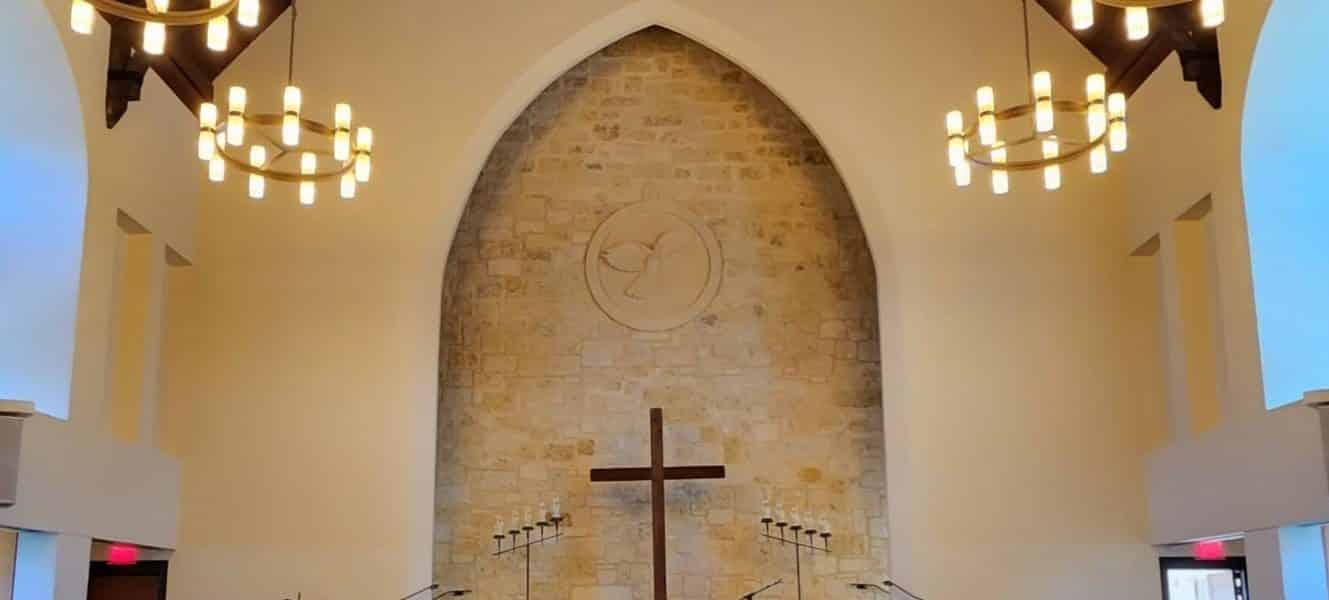By Scott Kinnebrew
I remember the early days of making copies of sermons on cassette and learning just how many people benefitted from having access to them. It wasn’t always the kinds of restrictions you would think might keep a person from attending church in person, but having access to these recordings helped so many people. Getting to hear how many people appreciated receiving them really made all the work worth it.
After years, cassette tape eventually became burned CDs, and for those churches with huge AV budgets and dedicated audio/video/lighting staff members, it was VHS tapes that eventually turned into DVDs being distributed. It was how those that couldn’t make it in on a Sunday, for whatever reason, got to take part in the messages being shared.
It was hard work, took a lot of time and effort, and when that cassette or CD got lost or damaged, that was it. That piece of the message was lost; its journey of spreading the word was lost. I’m not sure how many congregations grew as a matter of this process, but, then again, I’m also not sure if that was the point back then.
The majority of what was being distributed was audio only, so if you had enough equipment in your church to need an audio mixer, essentially you could record all of your sermons. So, AUDIO=IMPORTANT, and the system that everyone is going to upgrade is their audio system. So better microphones, better mixer, better speakers, and being heard were the most important aspects to the sermon.
Fast forward to 2022, audio is still the most important, with projection and LED screens a close second. But churches have ignored their lighting systems, and honestly it makes sense. The time of day that most use their main facilities lighting isn’t an issue for those in attendance, as the sun does a pretty good job of illuminating just about everyone and everything in the room.
For a while, there was recording on Sunday, editing the rest of the week, and hopefully having it out by next Sunday, or at least sometime that month. No more. Now, it’s live. People want to feel just like they are sitting in the front row, even if they are unable to be there in person, so making sure we do that every time is key.
The past couple of years have allowed some creative solutions to “using what we have” for broadcasting online. Some of us used smaller spaces like offices or meeting rooms because of the lack of in-person gatherings and therefore needed less gear to get the job done; they are now realizing the challenge of trying to present the same quality from a much larger space.
Now that we are moving back into our sanctuaries and our congregations are returning in person, in order to continue this online ministry, making things look their best in person, as well as online, is key.
Technology, and the price of it, has made getting the message out there easier and more affordable than ever. All of our devices have cameras in them, so that part is taken care of. Right? So, a better camera means better video quality, just like better microphones mean better audio, and therefore better lights.
By better lights, I don’t mean more expensive, or this brand or that brand; what I mean is lights that are useful and appropriate for what you are trying to achieve. If you’ve ever been in a TV studio, or on a movie set, or seen photos or behind-the-scenes video, the lights may seem much brighter than they need to be, but this is a way of making sure everyone can be seen and captured correctly by the camera.
Same goes for our sanctuaries or spaces we are going to broadcast from. Illuminating those that are presenting the message need a bit more than the lighting that was designed to just light up the room.
When it comes to lighting, the biggest move for most churches is the shift from incandescent to LED. This is not only something taking place in the offices, community spaces, and hallways of our churches, but also in the worship spaces, too. LED fixtures and lamps need less power, produce less heat, can produce the full spectrum of colors, and can last 20x longer or more than traditional lights.
In addition to the move to the right fixtures for our worship space, placement and color are two other major factors for creating lighting looks that speak to your congregation both online and in person. Both aspects play an important role in making sure our subject looks their best and also key to ensuring the scene is both inviting and welcoming.
Placement is key. Making sure your “subject” is illuminated correctly is as important as any other aspect of lighting. Make sure you know what areas need to be lit and where the cameras will focus. Is it just the pulpit? Do you also have a secondary spot for those speaking, or a choral solo location or instrumental solo spot? Making sure your key areas are lit correctly for broadcast is beneficial to your overall presentation.
The most universal lighting setup and technique for anyone capturing with a camera, be it video or still, is three-point lighting. As you may have guessed by its name, three-point lighting uses three light sources in three specific lighting positions. By using these three lights, you can control pretty much all the variables for lighting a subject. It’s not a set standard of where things need to be or how far; it is not a formula or a set standard, but rather a guide as to how and where to place your light sources in order to properly light your subject and surroundings.
The three parts are key light, fill light and backlight. Key light is your main source of light and is the brightest light in your scene. It is what will give your scene and subject its overall exposure.
Normally placed in front of the subject, key light is very important because it sets the mood, whereas the fill and the backlight just help you shape the scene better to bring out the emotion or feeling of the shoot.
As well as color, placement of your lights can create different moods, as well. Angle, distance, and focus can all create a different mood based on how your lights are set. There is a massive amount of information on the Internet about this technique and how you can best use it in your environment.
Getting your lights in the positions that will work best for your space can be a challenge. Our worship rooms weren’t designed for this, so getting creative with placement may be required to get the best out of your broadcast. Being able to light your subject from the proper angle really can make the difference in the viewer feeling a sense of high or low energy, perceive a youthful vs. aged presence of a presenter, or a cold vs. warm moment based on the way things are lit. Working with a lighting professional will help you make some of these more critical decisions.
In addition to placement, color and color temperature are two key factors in using light effectively. Color temperature describes the warmness (amber white) or coolness (blue white) of your white light sources. For some, white lights that can be dimmed are enough to get the job done as long as they are able to cover the area with the instruments they have. These are used as your key lighting or main lighting of your presenter.
In addition to being able to create different temperatures of white, LED lamps or fixtures now have the ability to produce colors like red, orange and yellow, making people look or feel “warm,” while blues, violets and magentas bring the sense of “cool” and “calm.”
Using specific colors can help bring emotion and feeling to your message being broadcast. Colors work best as fill and back lighting, and can also be used as front fill lights, or as alternative key lighting for strong emotional responses or heavy effects.
One thing to note when looking to upgrade or change things about your lighting system is power. Many of our churches have been around for a while, and when it comes to power distribution systems, some of today’s modern fixtures don’t like older power technology.
If you’ve ever put an LED lamp in your house and tried to use a dimmer on it, you may have noticed that they can flicker and not play nice. Same thing goes with professional lighting.
Dimmers and relays provide power differently, and having the right components working correctly with your lighting is important. Modern light fixtures typically don’t like the regulated sine wave provided by regular dimmers, even set to relay mode.
Speaking with a lighting professional that is familiar with dimming systems and modern lighting will save you time, money, and headaches.
Scott Kinnebrew is in business development for StageSpot, your one stop for all your theatrical lighting, stage lighting and other stage-supply needs, www.stagespot.com.












